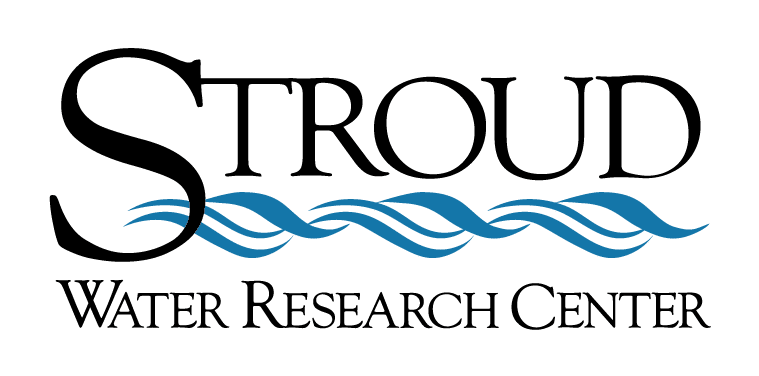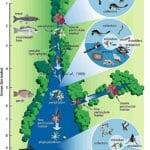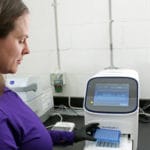Moving Freshwater Science Forward
Our efforts at Stroud™ Water Research Center require intellectual curiosity, a systematic and rigorous approach to scientific research, and the drive to answer a series of challenging questions about freshwater ecosystems. The answers to these questions may take decades to fully understand, but it is critical that we persist, as they have the power to influence others in ways that positively affect the world’s finite supply of clean fresh water.
Recent Publications
Xia, J., H. Hu, X. Gao, J. Kan, Y. Gao, and J. Li. 2024. Biology 13(7), 550.
Deep metagenomic sequencing unveils novel SAR202 lineages and their vertical adaptation in the ocean
He, C., D. Fucich, A. Sosa, H. Wang, J. Kan, J. Liu, Y. Xu, N. Jiao, M. Gonsior, and F. Chen. 2024. Communications Biology 7, 853.
To achieve the Clean Water Act’s goals, prioritize upstream ecology
Ensign, S.H., D.B. Arscott, M. Daniels, C. Dow, J.K. Jackson, D. Oviedo-Vargas, and M. Peipoch. 2024. Water Resources IMPACT 26(3): 19–21.
Freshwater Research News

Employment Opportunity: Postdoctoral Associate in Microbial Ecology
Stroud Water Research Center is searching for a postdoctoral associate to study molecular microbial ecology in aquatic and terrestrial environments.
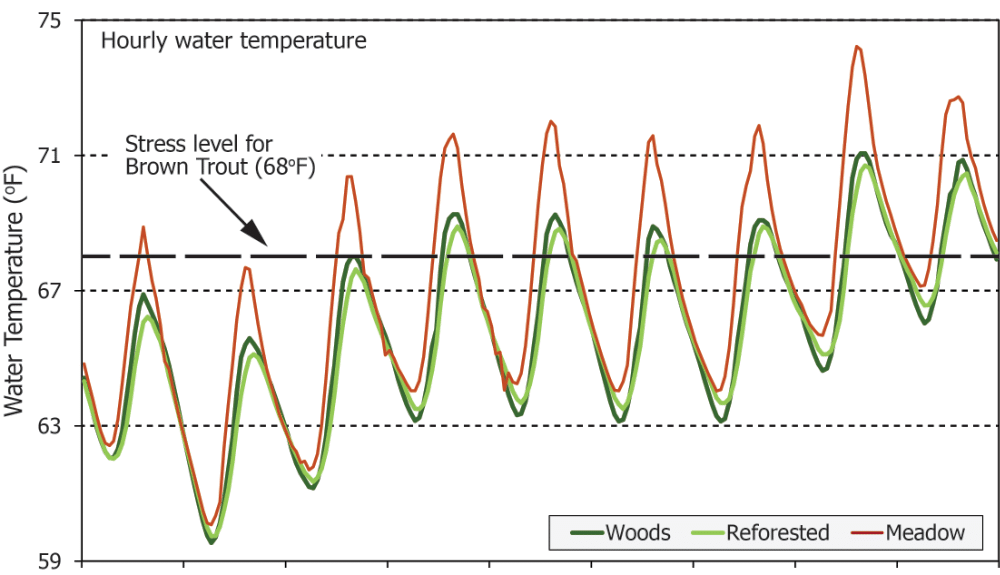
Heat Waves in the Water
Have you ever wondered about extreme weather's immediate and long-term effects on our streams and rivers and its impacts on aquatic life?
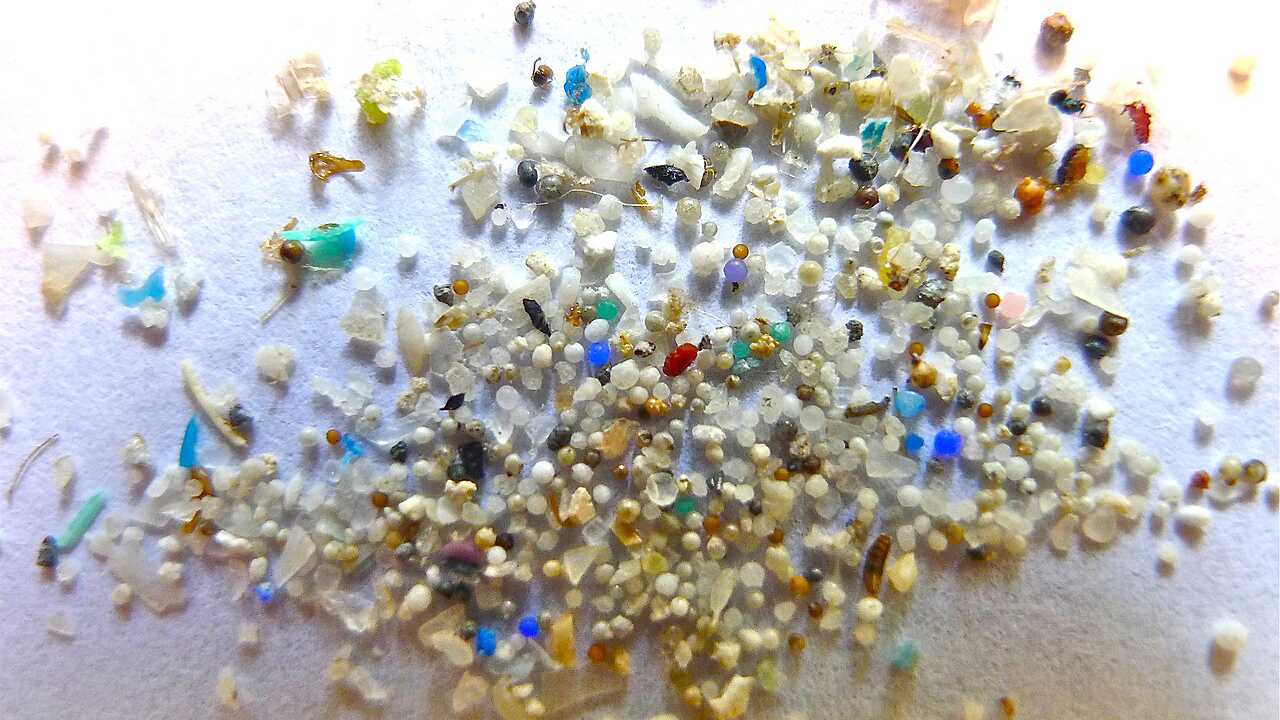
Unseen Intruders: Microplastics in Our Rivers
If you are curious about plastics pollution, especially microplastics, this webinar provides a helpful overview.
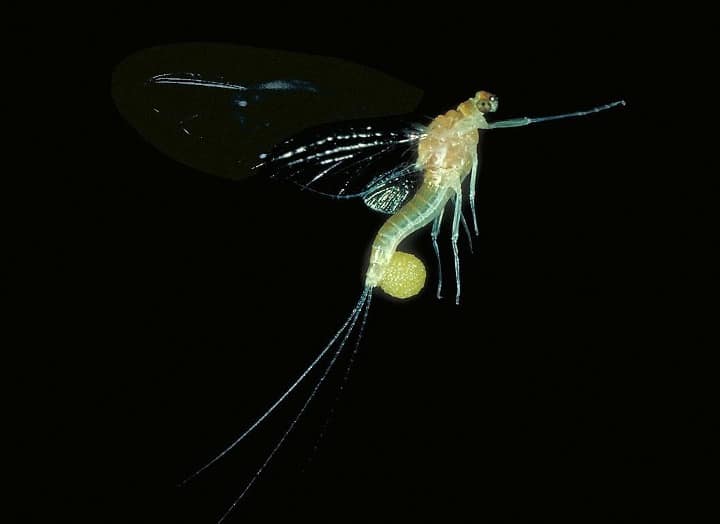
The Magic of Mayflies
If you’ve ever hiked along a woodland stream on a warm spring day, you may have seen these tiny creatures swarming together, fluttering in a midair dance.

Pa. Ag Secretary Meets With Scientists and Farmer About New Research Funding
Stroud Water Research Center highlights research supporting the future of farming and clean water in Pennsylvania.
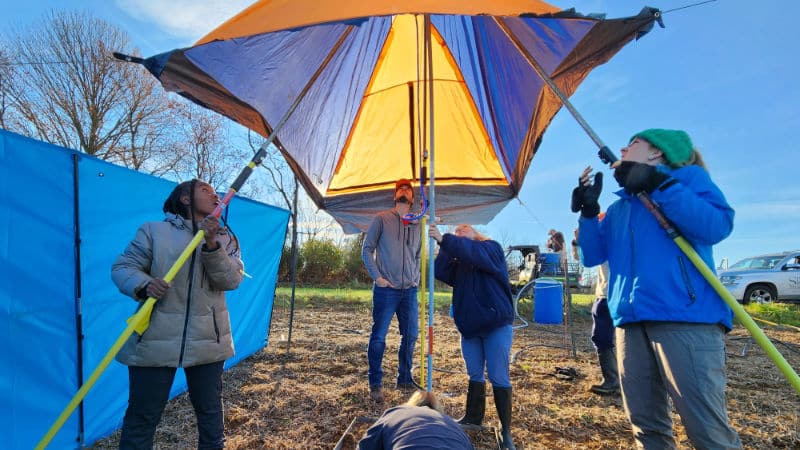
Make It Rain, Make It Rain
Why do scientists simulate rainfall for stormwater sampling? Find out from Senior Research Scientist Melinda Daniels, Ph.D.
